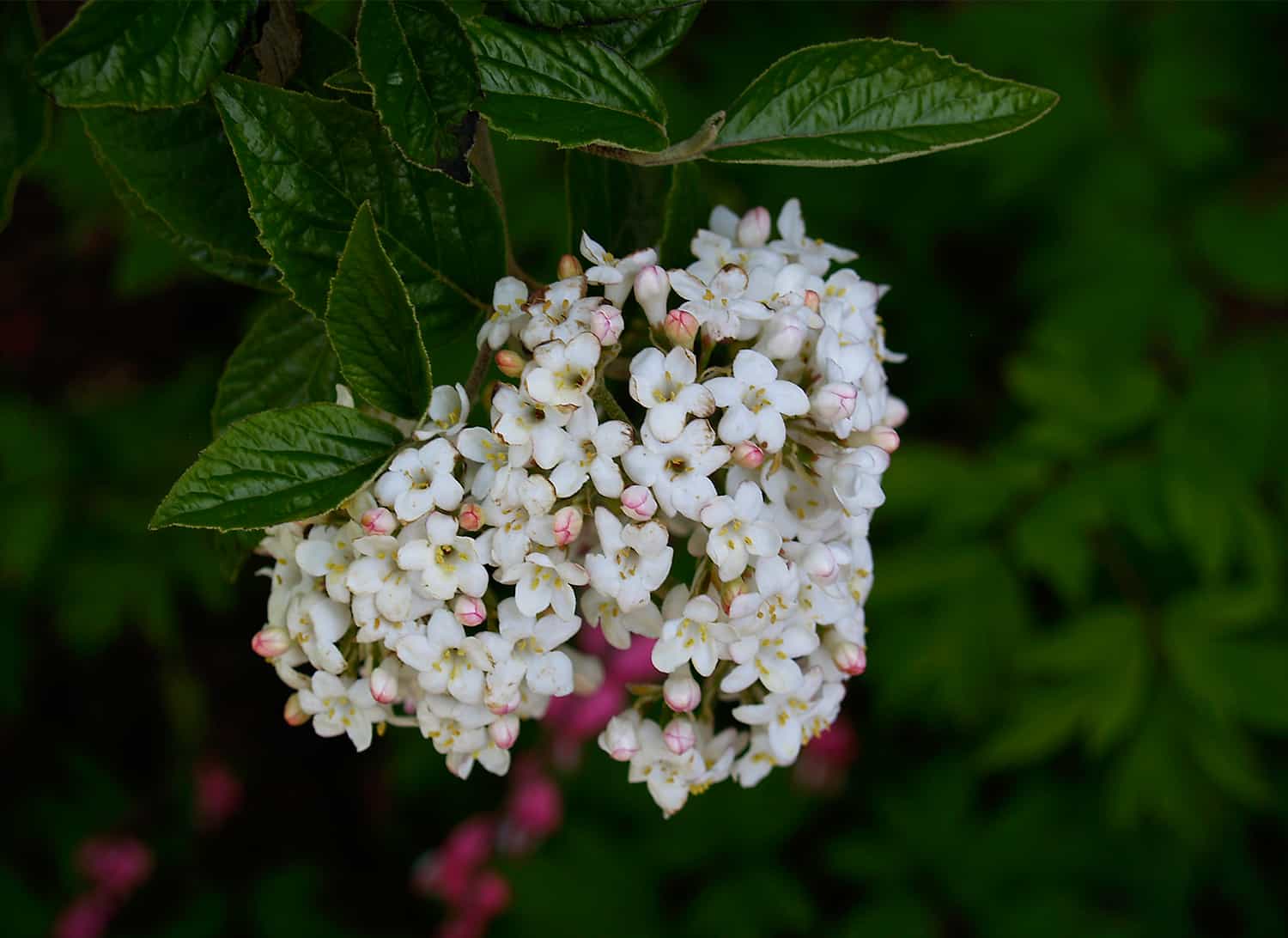What pH is considered an acidic soil?
pH is the measure of how acidic or alkaline your soil is: 7 is neutral; lower numbers are more acidic, and higher numbers are more alkaline.The pH scale is logarithmic, meaning that a change in 1 pH unit is a 10X change in acidity or alkalinity. A soil pH of 6 is 10 times more acidic than a soil pH of 7; a pH of 5 is 100 times more acidic than a pH of 7. So it’s important to know the natural pH of your garden soil (the pH you can expect across your property) and if a particular plant requires an acidic soil or neutral soil. The only way to know your pH definitively is to buy a testing kit at a garden center or online, or send your soil to a soil testing lab for an official result.
Most plants do just fine in neutral soil. But some plant species perform middling to poorly in neutral soil, such as blueberries, certain species of viburnums, mountain laurels, lily of the valley, and certain azaleas. Additionally, lowering the pH of your soil slightly below neutral can be helpful for crops such as potatoes, blackberries, and strawberries, which fight off pests and disease better in a slightly acidic soil and generally have increased yields. I am plagued with stubbornly neutral clay soil of 7.0, and while these crops grow just fine for me, the addition of peat moss to my raised garden beds has definitely helped the health of these plants.

Which garden vegetables, fruit, and perennials like acidic soil?
As noted above, most plants will grow just fine in a neutral soil of 6.2-7.0. The natural pH range of your soil largely depends on where you live: Some soils are naturally acidic and some are naturally alkaline. Most lie somewhere in the neutral zone.The chart below shows how low your soil pH may need to be for success with a particular plant. The number listed is not necessarily a requirement, but a target. For instance, hydrangeas will grow perfectly well in a soil pH of 7.0 where their flowers will be pink. But if the soil pH is below 5.0, the flowers will be blue (some soil acidifiers are sold specifically for this purpose). Many species of blueberries and mountain laurels do poorly in neutral soil and will only thrive in a pH well below 6.0. Do your research before planting and don’t assume that fertilization is the problem if a plant is struggling – it could very likely be the soil pH.










